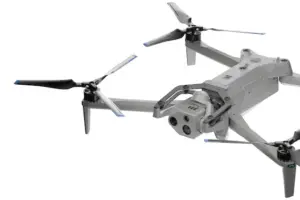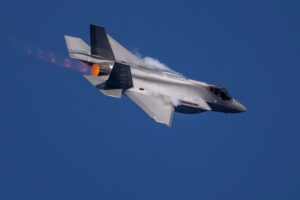Commercial, Embedded Avionics
Japan Airlines to Trial Gogo’s 2Ku
By Woodrow Bellamy III | April 10, 2014
Send Feedback
[Avionics Today April 10, 2014] Japan Airlines is expected to be among the first airlines to try out a new Ground to Orbit (GTO) in-flight connectivity service, 2Ku, which Gogo says will deliver peak connectivity speeds of more than 70 Mbps.

The Gogo One test aircraft. Photo, courtesy of Gogo.
Since first launching five years ago, Gogo, like its competitors, has been trying to increase its in-flight connectivity platform to mimic connectivity speeds that passengers are used to with office or home Wi-Fi connections.
However, the average speeds on the majority of aircraft equipped with Gogo and other in-flight connectivity services are still much slower than those available on the ground. But now, according to Gogo, that is changing. “When we launched our in-flight Internet service five years ago, we were able to deliver peak speeds to the aircraft of 3.1 Mbps through our ATG network,” said Michael Small, president and CEO of Gogo.
“About a year ago, we began deployment of our next generation ATG-4 service, which took peak speeds to 9.8 Mbps. Our GTO solution takes the peak speed to 70 Mbps in the U.S. and 2Ku brings 70 Mbps to the rest of the world,” said Small.
To give you a comparative example, Comcast offers its highest home Wi-Fi Internet package at 150 megabits per second. While 2ku is still more than half that speed, in-flight connectivity speeds are finally starting to catch up to what passengers are used to on the ground. If Gogo and other in-flight connectivity providers can get to a situation where there is widespread deployment of systems that provide connection speeds north of 70 Mbps, airlines can finally start justifying charging additional fees for a service that most passengers probably expect to get for free in 2014.
Anand Chari, Gogo’s chief technology officer (CTO), said that the company expects 2Ku to deliver speeds of more than 100 Mbps “when new spot beam satellite technologies become available.”
The new service is scheduled to become available mid-2015.






















